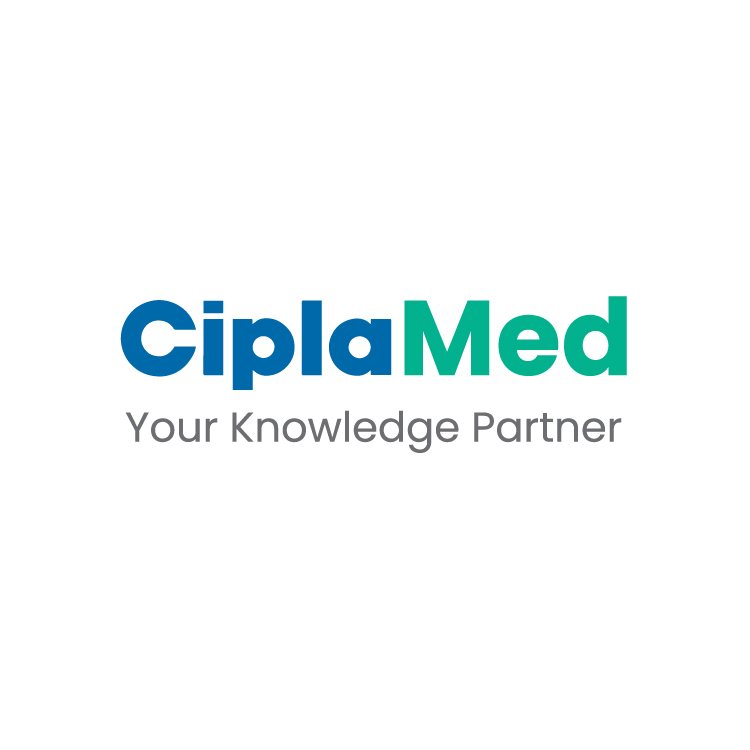Introduction:
In assisted reproductive technology, using progestogens for ovarian stimulation has been shown to be a promising method in suppressing endogenous luteinizing hormone (LH) surge by suppressing gonadotropin-releasing hormone secretion. While progestogens demonstrated advantages, inconsistency in results from recent trials has raised uncertainty about their efficacy in terms of live birth rates compared to GnRH analogues after the first embryo transfer (ET).
Aim:
To examine whether inhibiting the endogenous LH surge using progestogens results in similar live birth rates compared to the GnRH analogue following the first ET.
Methods:
- Study Design:
- A systematic literature search was carried out in MEDLINE, Embase, and CENTRAL up to January 2025.
- Two independent reviewers assessed outcomes and compiled demographic, methodological, and clinical data.
- Primary outcome: Live birth following the first ET
- Secondary outcomes: Clinical pregnancy, ongoing pregnancy rates, and ovarian stimulation outcomes
- Participants: Twelve randomized controlled trials comprising 2,677 women undergoing ART were selected, published between 2019 and 2024.
- Intervention group: Received medroxyprogesterone acetate (MPA), dydrogesterone (DYG), or micronized progesterone
- Comparator group: Received GnRH analogues (agonist or antagonist)
Results:
Comparison of Progestogen vs. GnRH Analogue Protocols in Ovarian Stimulation
|
Outcome |
WMD / RR |
95% CI |
I² (%) |
|
Stimulation duration (days) |
WMD: -0.02 |
-0.49 to +0.45 |
75.70% |
|
Total gonadotropin dose (IU) |
WMD: +44.84 |
-45.59 to +135.26 |
57.90% |
|
COCs retrieved |
WMD: +0.38 |
-0.03 to +0.79 |
48% |
|
2PN oocytes |
WMD: -0.20 |
-2.01 to +1.60 |
71.20% |
Pregnancy Outcomes After First Embryo Transfer (ET)
|
Outcome |
RR |
95% CI |
I² (%) |
|
Live birth |
RR: 0.98 |
0.75–1.28 |
62.10% |
|
Ongoing pregnancy |
RR: 0.85 |
0.52–1.37 |
84.90% |
|
Clinical pregnancy |
RR: 0.93 |
0.68–1.27 |
73.90% |
|
Miscarriage |
RR: 0.96 |
0.56–1.64 |
0% |
- Due to high risk of bias, one study was excluded from the sensitivity analysis, but it did not change results.
- A key limitation of this meta-analysis was the presence of moderate clinical heterogeneity among the studies regarding the types of progestogens used, which prevented in-depth exploration on how these differences impacted the results.
Conclusion:
Progestogens appear to be a promising alternative to GnRH analogues, leading to comparable birth rates after the first ET.
ESHRE 2025, June 29 - July 2, Paris




